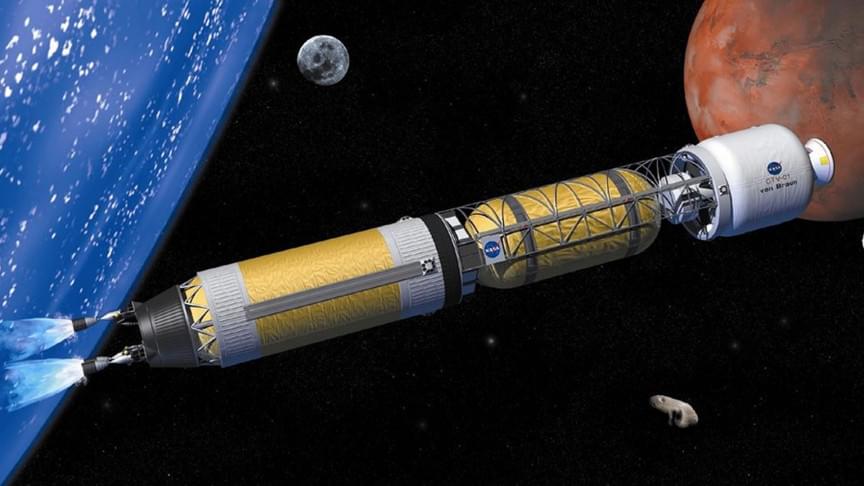China christened a remarkable new 290-foot ship last week – the world’s first semi-autonomous drone carrier. It’ll carry, launch, recover and co-ordinate the actions of more than 50 other autonomous aerial, surface and underwater vehicles.
The Huangpu Wenchong Shipyard began construction on the Zhu Hai Yun last July in Guangzhou. According to the South China Morning Post, it’s the first carrier of its kind, a self-contained autonomous platform that will roll out with everything necessary to perform a fully integrated operation including drone aircraft, boats and submersibles.
China doesn’t expect it to navigate busy seaports by itself, like the Japanese autonomous container ship Suzaku we wrote about last week. Instead, the Zhu Hai Yun will run on remote control until it’s out in the open water, and then its self-driving systems will take over to execute whatever mission it’s running.






